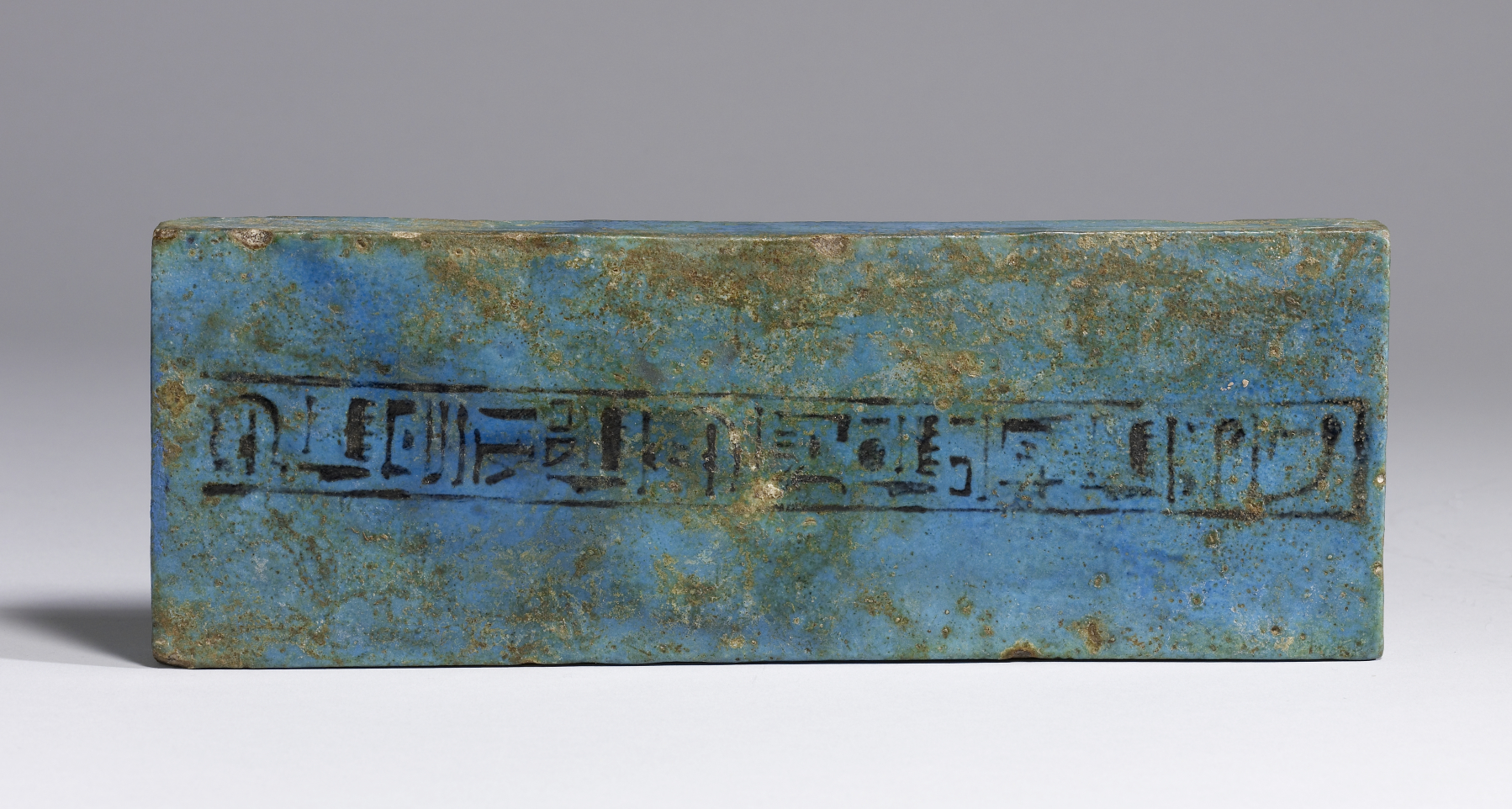Senet Board
(Ancient Egypt and Nubia )
Egyptians enjoyed playing board games, especially senet, or "passing." During the 18th dynasty, the game acquired religious significance, which transformed it into a simulation of the soul's journey through the underworld to achieve immortality. Throw sticks, much like dice, determined a player's moves, and winning required both skill and luck. This senet game board of 30 squares required 14 game pieces, like these spool- and cone-shaped pieces.
Inscription
Provenance
Provenance (from the French provenir, 'to come from/forth') is the chronology of the ownership, custody, or location of a historical object. Learn more about provenance at the Walters.
Rev. William MacGregor Collection Sale, Sotheby's, London, 1922, no. 263 [as from Abydos]; Dikran Kelekian, Paris and New York, 1922, by purchase; Henry Walters, Baltimore, 1923, by purchase; Walters Art Museum, 1931, by bequest.
Conservation
| Date | Description | Narrative |
|---|---|---|
| 6/23/1982 | Treatment | cleaned |
Geographies
Egypt, El Balyana (Abydos) (Place of Origin)
Measurements
10 7/16 x 3 9/16 in. (26.5 x 9.1 cm)
Credit Line
Acquired by Henry Walters, 1923
Location in Museum
Accession Number
In libraries, galleries, museums, and archives, an accession number is a unique identifier assigned to each object in the collection.
In libraries, galleries, museums, and archives, an accession number is a unique identifier assigned to each object in the collection.
48.408






